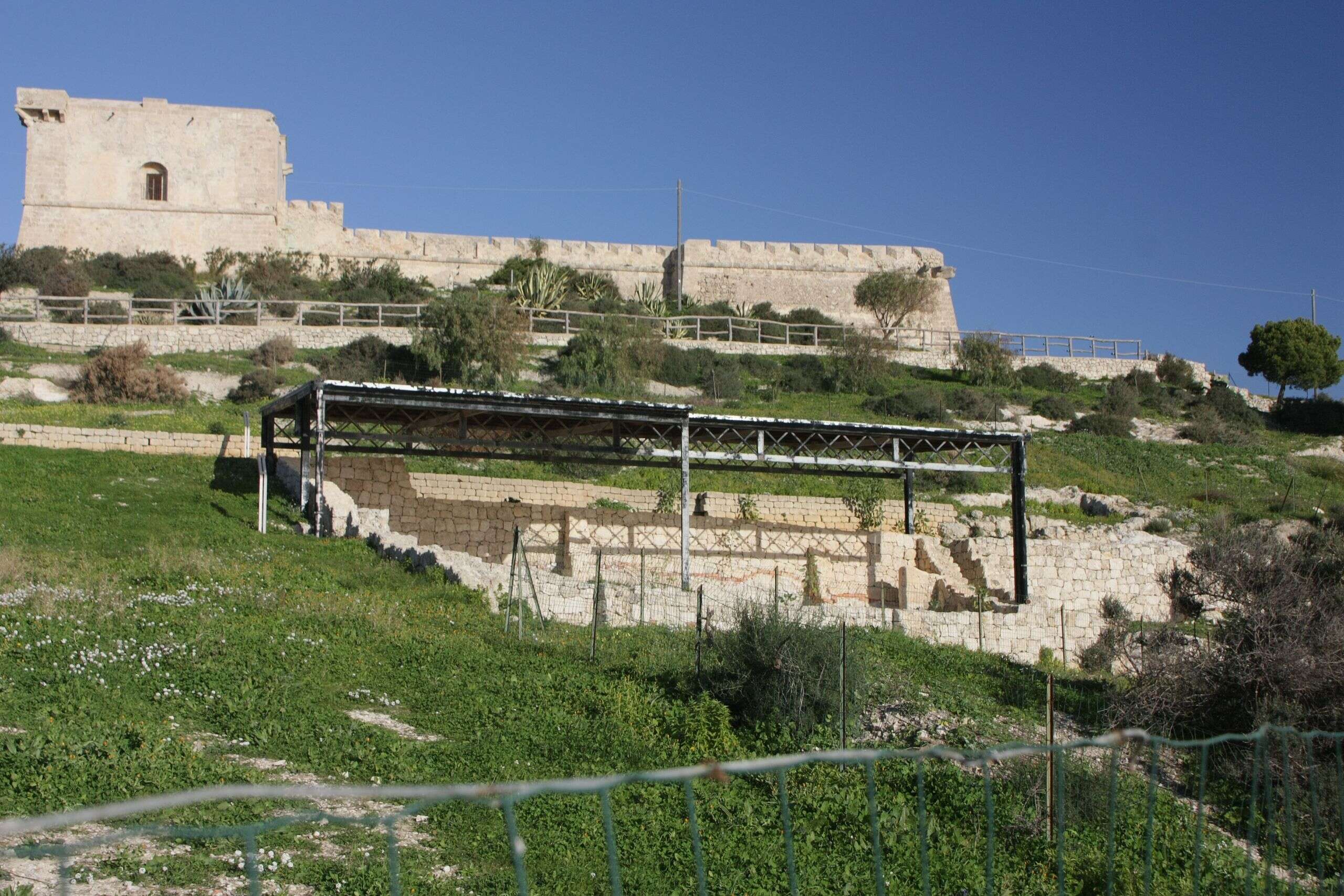

The latest Finziade discoveries in Italy have revealed remarkably preserved structures and artifacts, offering rare insight into everyday life in a small urban center during the late Republican period.
Located near modern-day Licata, the ancient Greek city of Finziade (Greek: Φιντιάς) was active during a transitional era marked by a blend of local, Roman, and earlier Greek cultural influences.
Archaeologists say the finds provide valuable details about domestic habits, small-scale production, and spiritual practices during a time when Sicily served as a cultural crossroads in the Mediterranean.
The excavation focused on a structure labeled House 19. Inside, researchers uncovered intact living spaces and an artisan workshop, along with around 40 clay molds used to produce oil lamps and figurines. Among the finds were a small statuette and a dice—much like the ones still used today.
The site also contained ovens, basins, and preparation areas, suggesting the home doubled as a production site for handcrafted goods.
A small household shrine was discovered in exceptional condition, containing votive items believed to have been used in local rituals. The presence of such religious objects indicates how spiritual practice was integrated into everyday domestic life.
Finziade was founded during the Hellenistic period and remained active through the early Roman era. While it retains traces of Greek urban planning and religious influence, much of what is emerging from recent excavations reflects a Romanized local society with hybrid cultural traits.
Excavation leaders Maria Concetta Parello and Alessio Toscano Raffa emphasized that the findings at House 19 point to a modest but economically active community, likely relying on artisanal trades and household-based manufacturing.
In a nearby structure known as House 18, archaeologists previously discovered molds for creating masks of Medusa and medallions featuring the gods Serapis and Isis—figures worshipped widely in Greco-Roman religious traditions. These artifacts suggest that the home may have been converted into a workshop for decorative or ritual goods.
The presence of Greco-Egyptian deities, alongside traditional Roman and local practices, highlights the religious diversity of the time. Scholars believe such items were produced for both household use and broader circulation.
At the Monte Sant’Angelo section of Finziade, researchers also uncovered a clay amphora containing remarkably well-preserved fish remains. Discoveries of organic material in such a condition are rare. Specialists are analyzing the contents to learn more about ancient dietary habits and food preservation techniques.
The find adds another layer to the understanding of daily life in Finziade, suggesting that local households engaged not only in craft production but also in careful resource management and food storage practices.
The discoveries in Italy is part of the Finziade Project, led by the Archaeological Park of the Valley of the Temples and supported by the National Research Council (CNR–ISPC) in Catania. Technical operations are overseen by Rosario Callea.
The effort brings together researchers, institutions, and local participants to document and protect one of southern Sicily’s lesser-known ancient cities.
